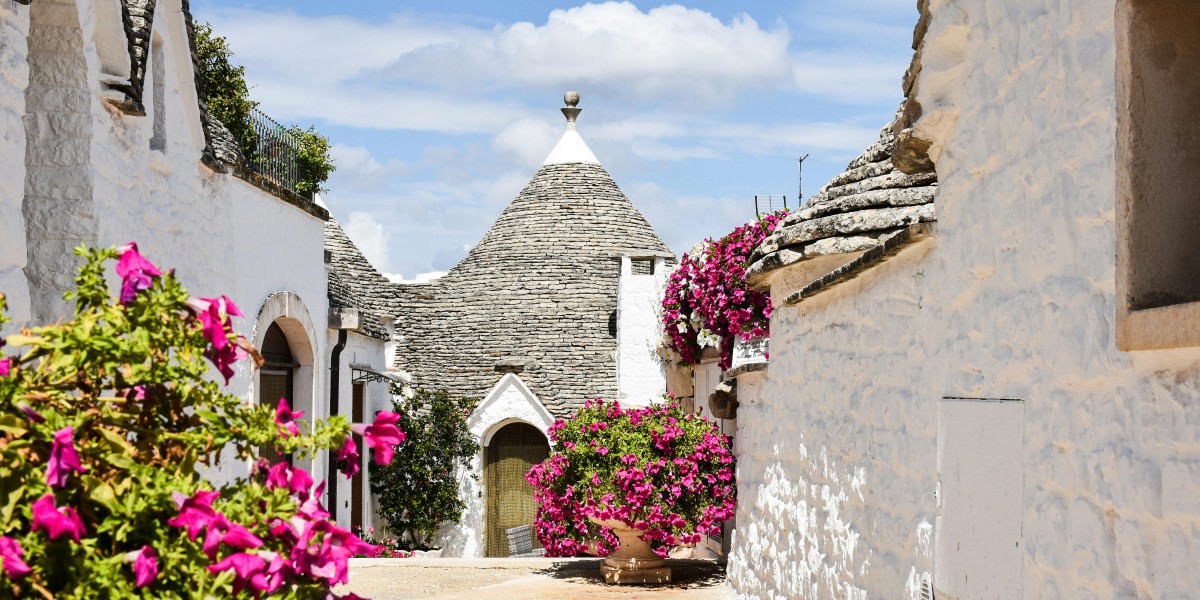
Imagine swapping your usual four walls for a whitewashed roundhouse with a quirky pointy hat, right in the heel of Italy’s boot. Living in a trullo isn’t just about rustic stone and Instagram moments – it’s proper southern Italian life, where old farming traditions nudge up against expat hopes and the odd wifi gripe. If you’re torn between making the leap to Puglia or just daydreaming about those sun-soaked olive groves, find out what it’s genuinely like to call a trullo home – odd corners, lime mortar and all.
What is a trullo?
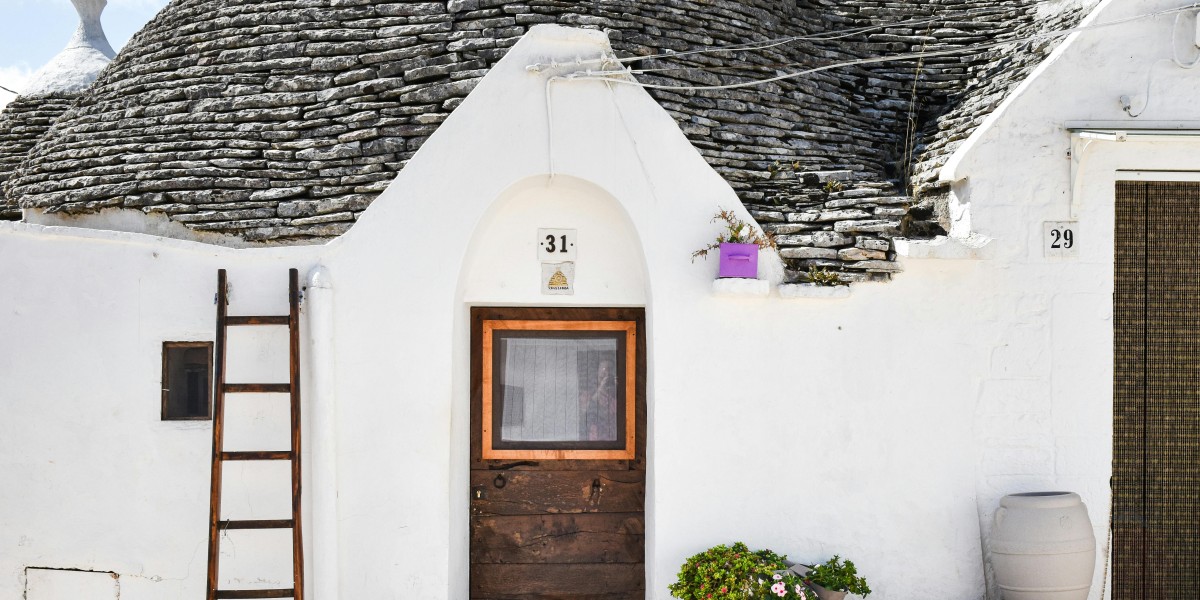
You’ll spot a trullo straight off in southern Italy – they’re those charming whitewashed houses crowned with pointy grey stone roofs, almost like something out of a fairytale. Each one is built using dry stone techniques, without mortar, and topped with their distinctive conical roofs, often adorned with mysterious symbols daubed in lime. These dwellings are unique to the trending region of Puglia, especially in the area around Alberobello and the wider Itria Valley, where they are recognised as a UNESCO World Heritage site.
A brief history of trulli
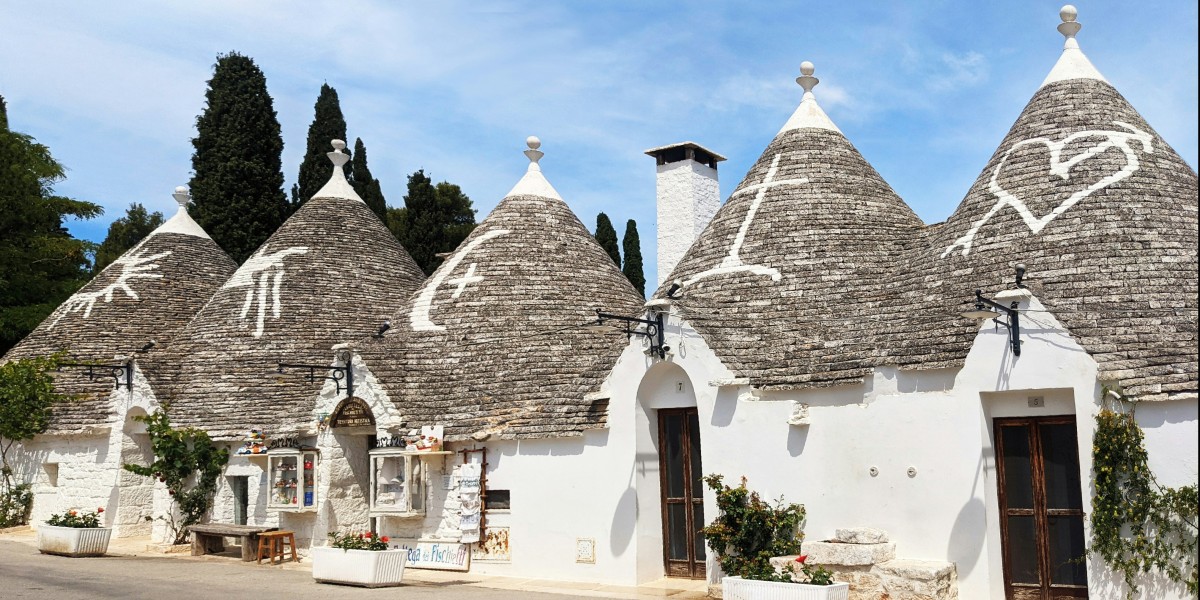
The story of the trullo (trulli when plural) kicks off properly in the 16th century when farmers used local limestone to create homes that were cool in the scorching summers and surprisingly snug when it got chilly. The clever construction meant these houses were both sturdy and easy to dismantle if need be—apparently a crafty move in avoiding property taxes back in the day.
Over the centuries, trulli evolved from basic field shelters to proper family homes, often grouped in clusters across the Itria Valley. What’s special is that these centuries-old techniques and visual quirks have survived. Many trulli are still lived in today, with some even boasting modern comforts hidden behind those ancient stones. The ultimate recognition came when the trulli of Alberobello were declared a UNESCO World Heritage site.
What it’s like living in a trullo house today
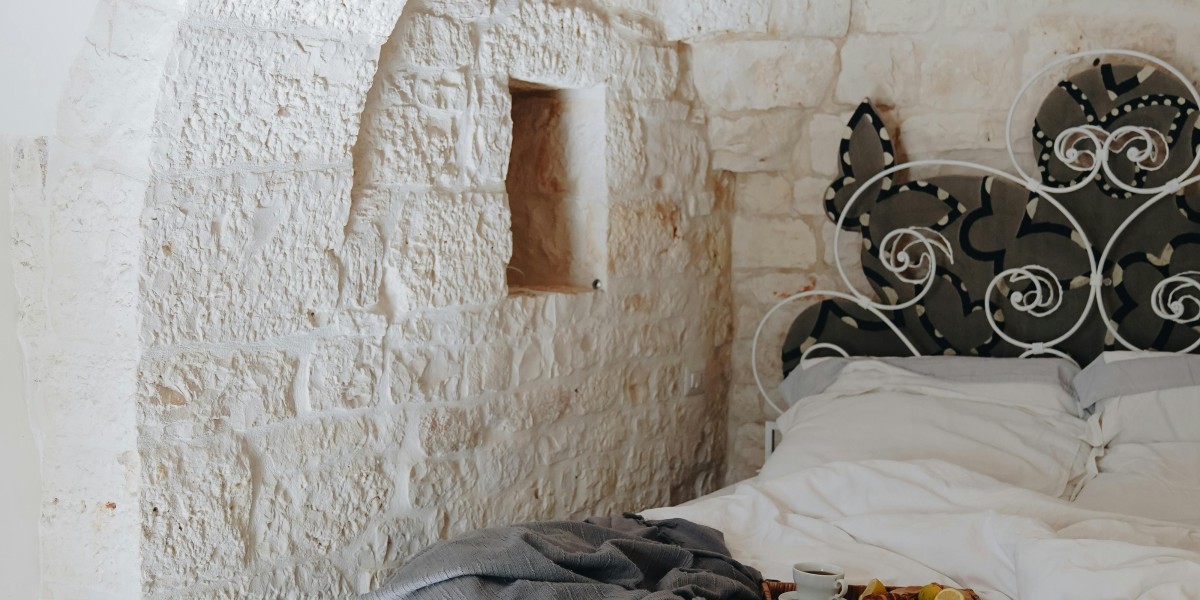
Living in a trullo isn’t just for the brochures—it’s still part of everyday life for plenty of people living the rural village life in Italy. Some trulli are home to local families who’ve been living under those conical roofs for generations, while others have been snapped up by expats looking for a slice of something different, or turned into holiday lets for curious travellers.
Trulli might look ancient from the outside, but many have been spruced up inside with central heating, proper bathrooms, and sometimes even underfloor heating. The thick walls mean you’re naturally insulated, so it stays cool when the sirocco is blowing in. Space is at a premium, and storage can be quirky—you might have to get creative with your shelving, and doors aren’t always the height you’re used to. Here’s a quick look at what locals and newcomers enjoy most about trullo life:
Advantages of living in a Trullo
If you’re toying with the idea of making a trullo your home, there are quite a few pros that stand out—beyond the obvious “look where I live!” appeal.
- Natural energy efficiency: the thick limestone walls and conical roofs are brilliant at keeping things cool in the fierce Puglian summer and holding on to heat during winter.
- Unique character: every trullo has its own quirks and architectural details. You’re not likely to bump into your next-door neighbour and realise your houses are cookie-cutter copies.
- Connection to tradition: Living in a trullo puts you right in the thick of local history and culture—there’s something grounding about being part of a landscape that’s been home to generations.
- Regional pride: locals genuinely treasure these houses, so you’ll often find a real sense of pride and care for the neighbourhood.
Disadvantages of living in a trullo
There’s a romantic side to trullo life, but there are drawbacks too.
- Trulli are harder to keep warm in winter if they’re not properly insulated, and renovations or repairs take skilled, local craftsmen.
- Moisture and damp can be an issue, especially in homes that haven’t been well looked after or renovated.
- If you’re dreaming of a modern, open-plan space, a trullo might feel quite snug and full of quirks.
Trullo culture: community and daily life
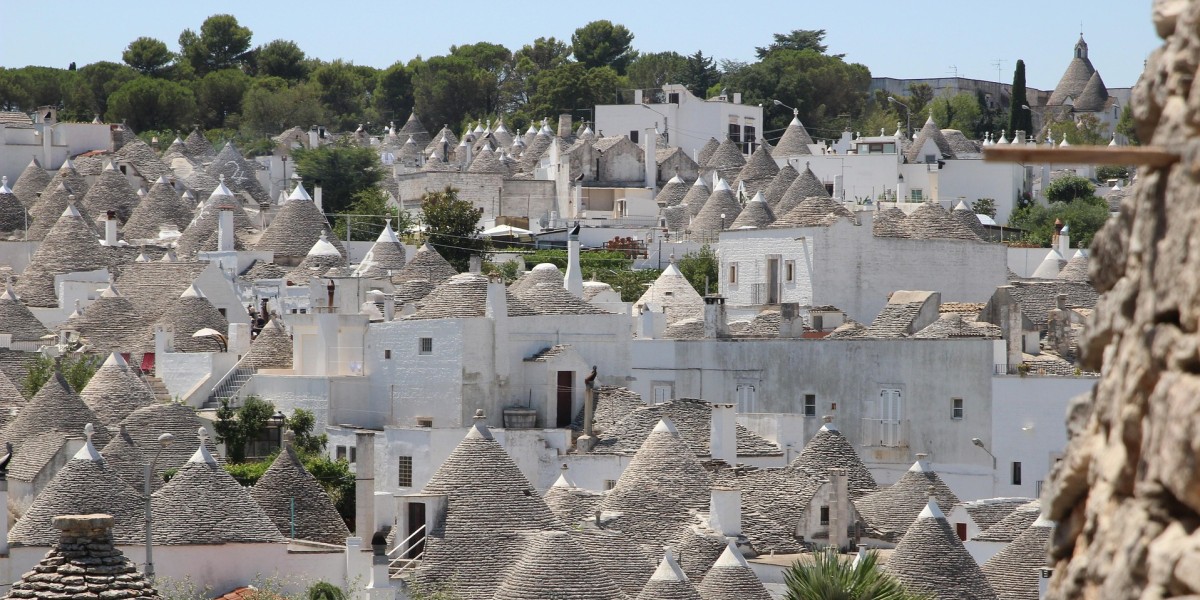
Trullo villages, especially the quieter lanes outside central Alberobello, still carry a real sense of everyone knowing everyone else. It’s common for locals, many of whom have lived in the same houses for generations, to share homegrown fruit, recipes, and family gossip. There’s a sort of “open door” feeling here—if you’re moving in from abroad, you’ll find it pays to be curious and open about the place, even if your Italian is a bit ropey at first.
Alberobello, being the trullo capital, gears up for festivals that have more local flavour than tourist glitz. The Festa dei Santi Medici in September is a huge event here, with religious processions winding past trullo districts and fireworks that seem to echo right off the conical rooftops. Weekly markets still spill into the old streets, stocked with proper Puglian cheese, wild greens, and the kind of sausage you’ll never find in a British supermarket. Some trullo districts also organise little open-house events, where you can poke around restored homes and chat with owners.
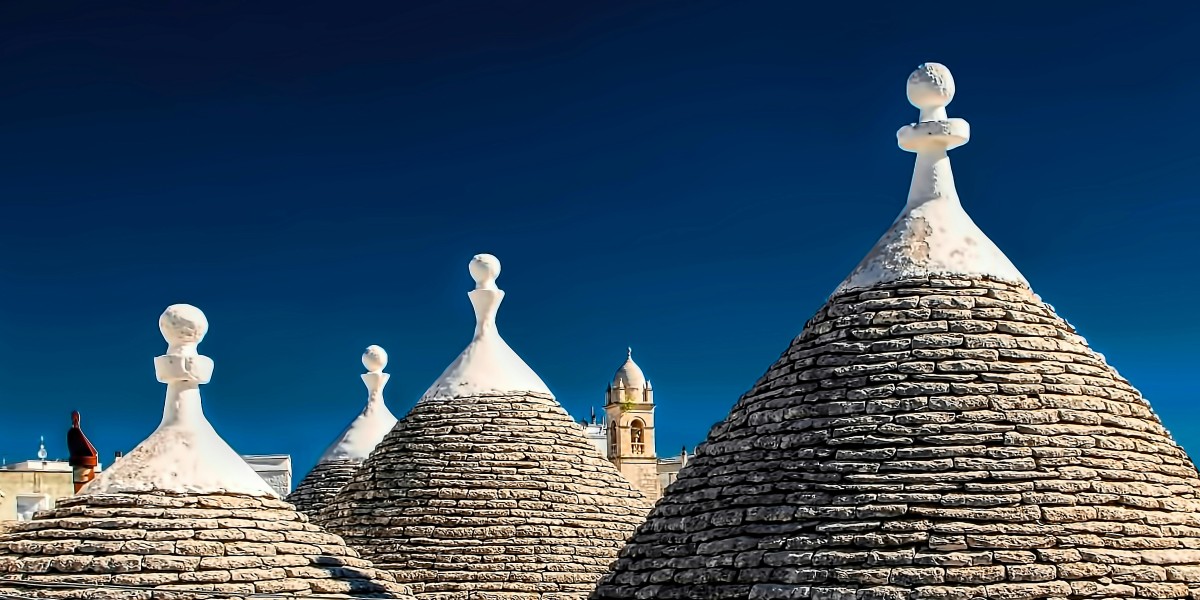
Restoring and maintaining a trullo
Taking on a trullo restoration isn’t for the faint-hearted, but for plenty of folks, it’s one of the most rewarding ways to put down roots in Puglia. The first thing you’ll run into is the careful process—local authorities keep a watchful eye, especially in UNESCO-protected areas, so any big changes need proper permits and sometimes even approval from heritage experts.
Skilled stonemasons—often from families who’ve been repairing trulli for generations—are worth their weight in gold here. Quick fixes with the wrong materials can cause headaches later on, especially when it comes to damp, leaks, or the slow creep of ivy between stones. The roofs, built entirely without cement, demand particular attention. Keeping them watertight while respecting their original structure is a job for someone who really knows their way around local limestone.
Buying a trullo
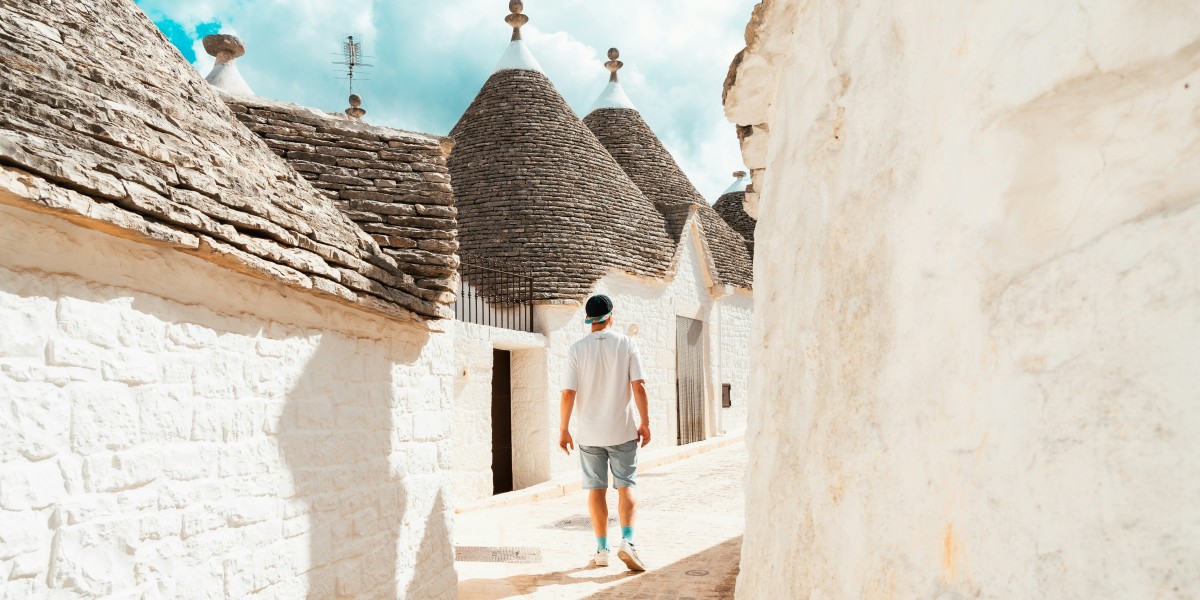
As alternative ways of living become more popular, growing numbers of people are choosing the trulli lifestyle. Many newcomers settle in by joining local walking groups, helping out with community volunteering, or pitching in during the olive harvest. Take a peek inside trullo houses that are for sale in Italy, and see if the trulli experience is for you.
Prices can vary a lot depending on size, state, and location, but trulli in need of renovation are generally more affordable, while move-in-ready homes near hotspots like Alberobello command a premium. It’s worth paying attention to the property’s cadastral status (how it’s registered with the authorities), plus any restrictions if the trullo is protected or within a UNESCO area. Renovations often require specialist skills and must meet local heritage rules.
The most sought-after spots for trullo ownership are the rolling hills around Valle d’Itria, villages like Locorotondo and Cisternino, and, of course, Alberobello itself.
